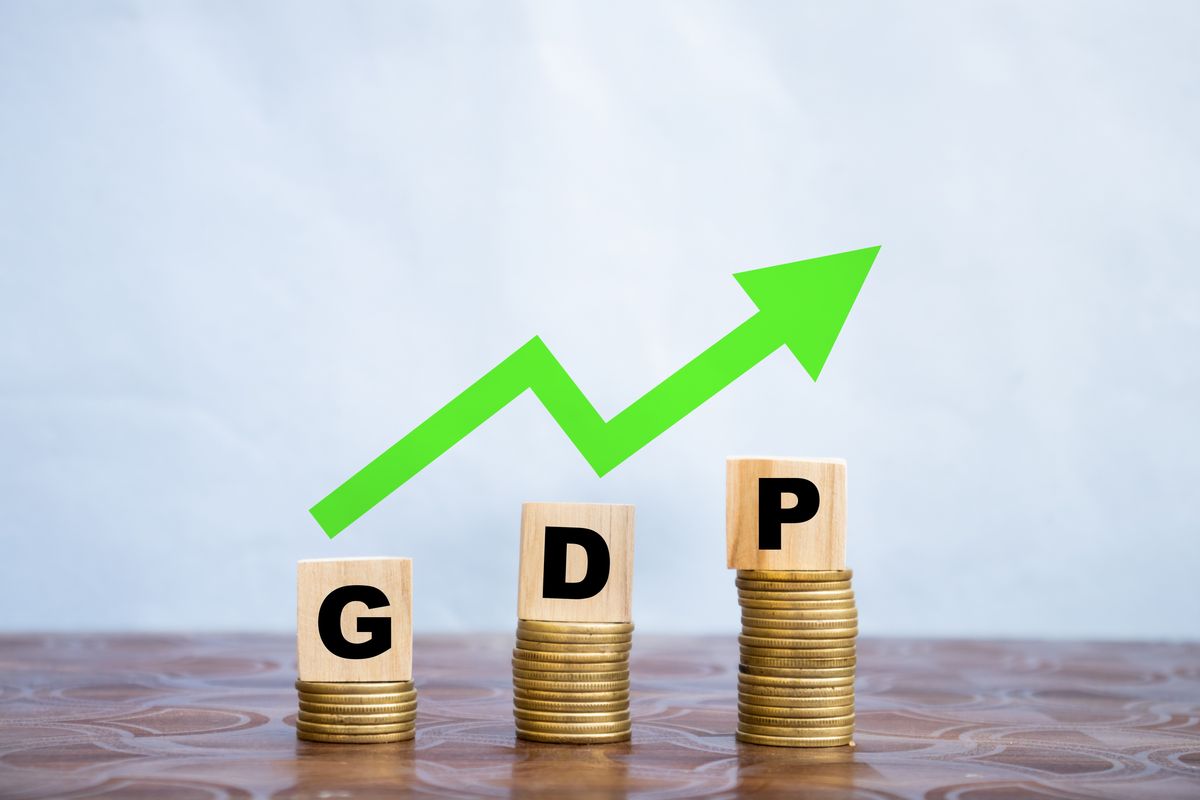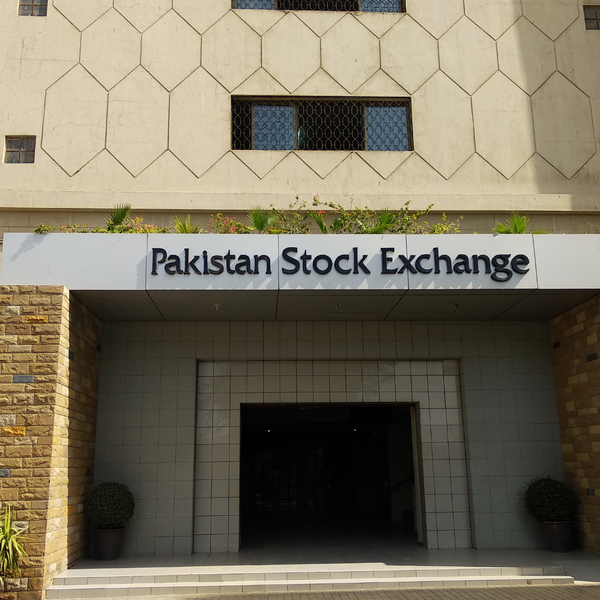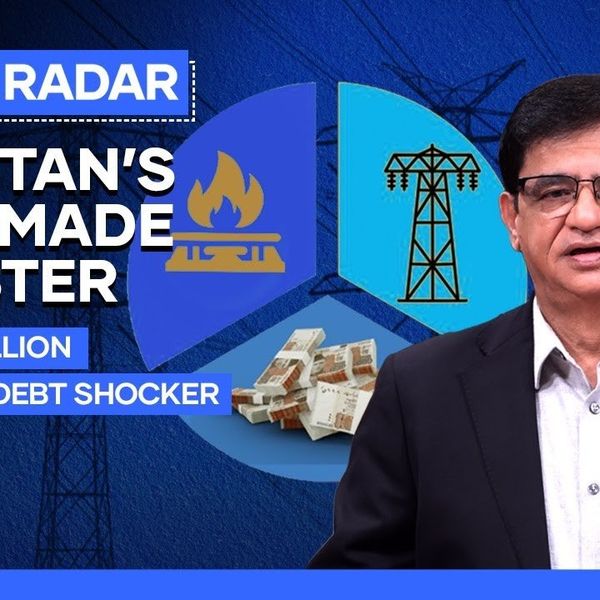Pakistan’s economic indicators strengthen as inflation eases, remittances surge
Current account surplus and lower inflation projected in FY25
Business Desk
The Business Desk tracks economic trends, market movements, and business developments, offering analysis of both local and global financial news.

Pakistan’s key economic indicators are expected to remain favorable, with inflation projected to reach around 5.5% by the end of the current fiscal year.
The current account surplus is anticipated to cross $2 billion, while remittances are expected to exceed the $38 billion mark.
These estimates were provided by Topline Securities in its report, Pakistan Economic Outlook, authored by Shanker Talreja.
The report highlights a decline in commodity prices, which is expected to lower the import bill, further ease inflation, and lead to a record current account surplus.
Topline Securities now estimates inflation during fiscal year 2025 at 4.5% to 5.5%, down from an earlier projection of 6% to 7%. The downward revision is primarily attributed to lower-than-expected food and energy inflation as well as declining oil prices. The report states that this translates into an average month-on-month inflation rate of 0.4%.
Food inflation has remained lower than expected due to reduced wheat and fresh vegetable prices. In energy inflation, the electricity index in March 2025 dropped 22% compared to the same month last year, while fuel prices declined 7% year over year.
Higher-than-expected remittances of $4.1 billion in April 2025 have led Topline Securities to revise its fiscal year 2025 remittance projections from $36.9 billion to $38.4 billion. Consequently, the current account surplus expectation has also increased—from $1.2 billion, or 0.3% of GDP, to $2.7 billion, or 0.7% of GDP, for fiscal year 2025.
For fiscal year 2026, Topline Securities has revised its deficit projections downward, adjusting its estimate from $1.6 billion (0.4% of GDP) to nearly breakeven at $252 million (-0.06% of GDP), factoring in lower imports.
Remittances are expected to grow by 27% in fiscal year 2025 to $38.4 billion, driven by higher incentives offered to financial institutions to promote and market formal remittance channels, as well as a narrower differential between formal and informal exchange rates.
Additionally, manpower exports from Pakistan over the past two years have been high, with approximately 800,000 individuals migrating for work. This trend continues to support strong remittance growth.










Comments
See what people are discussing